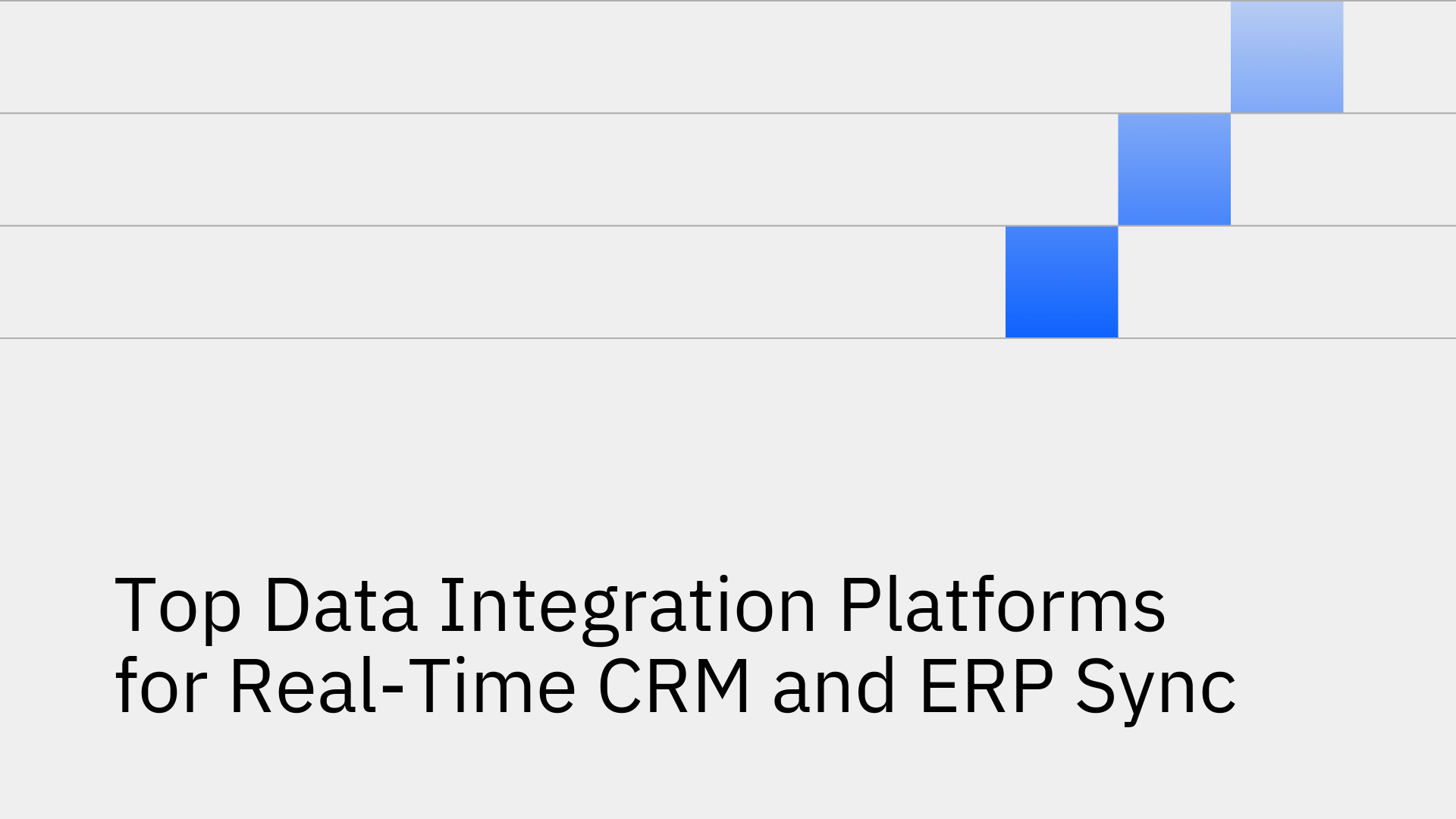

Maintaining data consistency between critical operational systems like Customer Relationship Management (CRM) and Enterprise Resource Planning (ERP) platforms is a fundamental challenge for modern enterprises. When systems like Salesforce, HubSpot, Zoho, NetSuite, or SAP operate in silos, the consequences are immediate and severe: operational friction, inaccurate reporting, manual data reconciliation, and poor customer experiences. Engineering teams are often tasked with building and maintaining brittle, custom-coded integrations, diverting valuable resources from core product development.
Connecting a CRM with an ERP is more than a simple data transfer. It requires a robust solution capable of handling significant technical complexities to ensure data integrity and operational continuity.
Businesses typically turn to one of three main approaches to solve the CRM-ERP integration problem.
Building a custom solution using the native APIs of each system offers complete control but comes at a significant cost. This approach requires substantial upfront engineering investment, and the resulting integrations are often brittle, difficult to maintain, and lack the sophisticated features of a dedicated platform, such as advanced error handling or user-friendly monitoring dashboards.
Integration Platform as a Service (iPaaS) solutions are cloud-based tools designed to connect a wide range of applications, databases, and services[3]. These platforms offer extensive connector libraries and workflow automation capabilities.
While versatile, generic iPaaS platforms are often architected around one-way, trigger-action workflows. Achieving true, real-time bi-directional sync can require building two separate, complex one-way flows and manually managing the logic for conflict resolution. Furthermore, their operation-based pricing models can become prohibitively expensive for the high-volume, continuous data exchange required for CRM-ERP synchronization[4].
A third category has emerged to address the specific shortcomings of other methods: dedicated data synchronization platforms. These solutions are purpose-built for high-performance, reliable, and real-time bi-directional data sync between core operational systems. They are engineered from the ground up to handle the complexities of data consistency, conflict resolution, and scalability.
Stacksync is an example of a dedicated sync platform, designed specifically for engineers to sync and consolidate data at scale between CRMs, ERPs, and databases[5]. It provides real-time, two-way synchronization that eliminates the need for complex, custom-built "API plumbing."
By focusing on the core problem of bi-directional sync, Stacksync provides features that are often afterthoughts in generic iPaaS tools:
Choosing the right platform requires understanding the fundamental architectural differences. A Salesforce-NetSuite integration, for example, has vastly different requirements than a simple form-to-email workflow.
By providing a reliable, real-time, and bi-directional bridge between CRMs, ERPs, and databases, Stacksync empowers organizations to eliminate data silos, automate critical processes, and ensure that all teams are operating from a single, consistent source of truth. This focused approach helps ensure data consistency and allows engineering teams to focus on innovation rather than maintaining integration infrastructure.